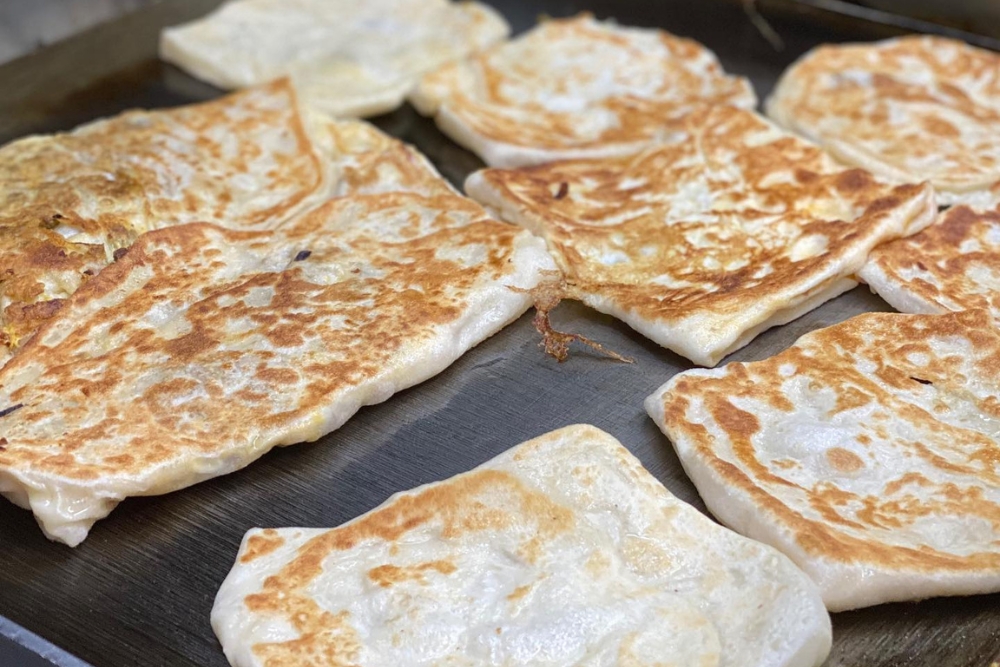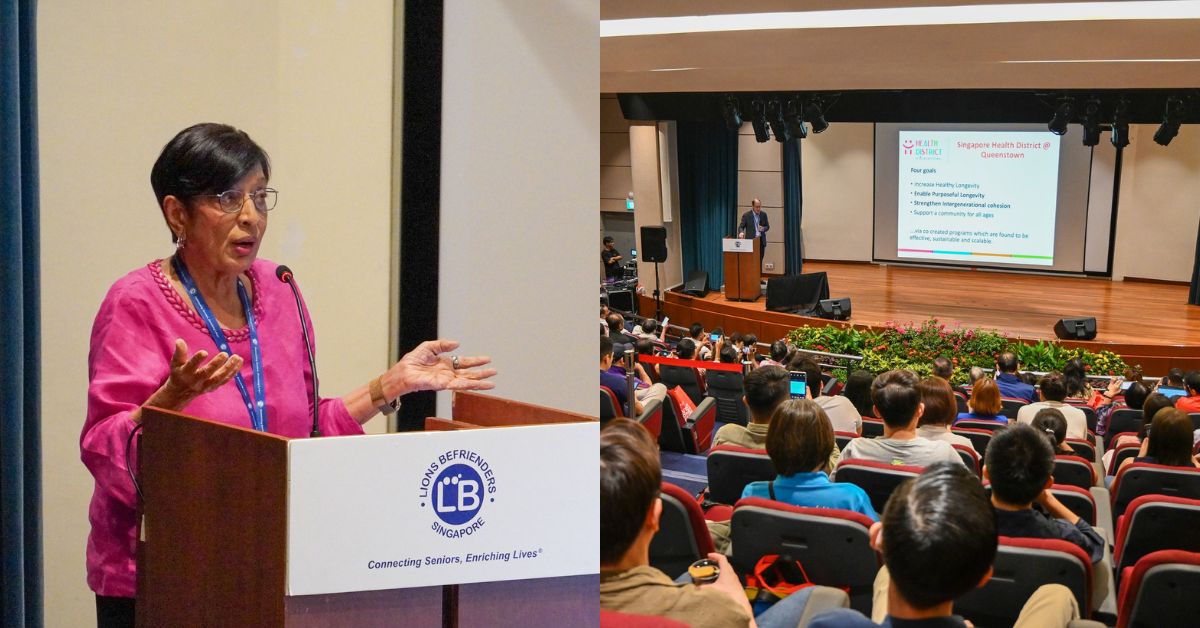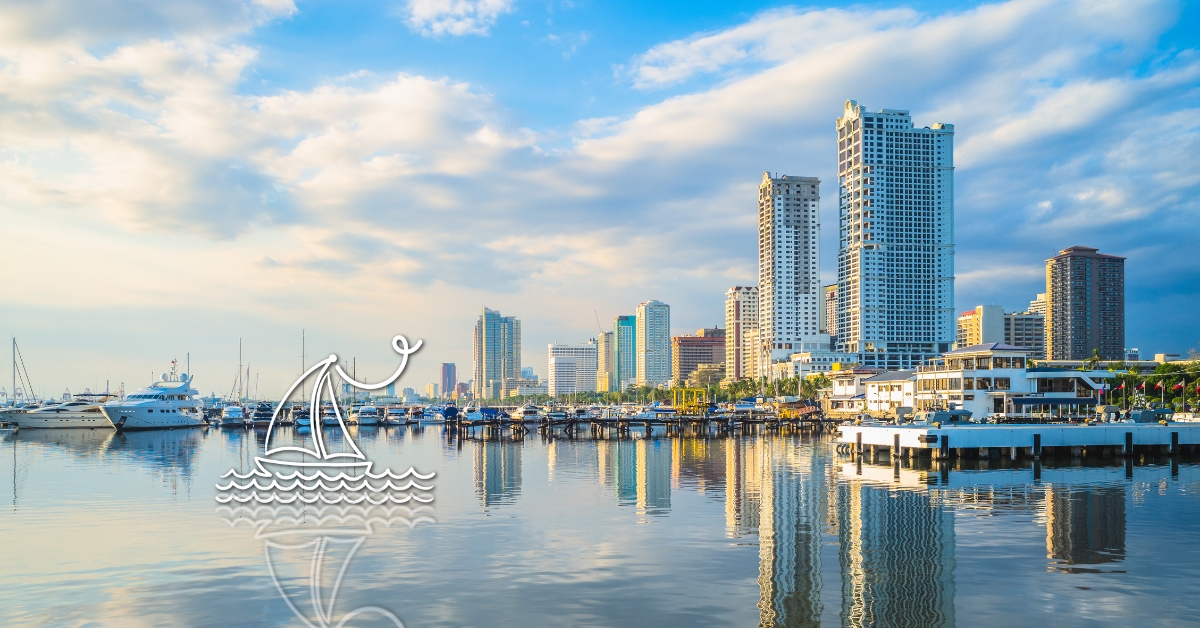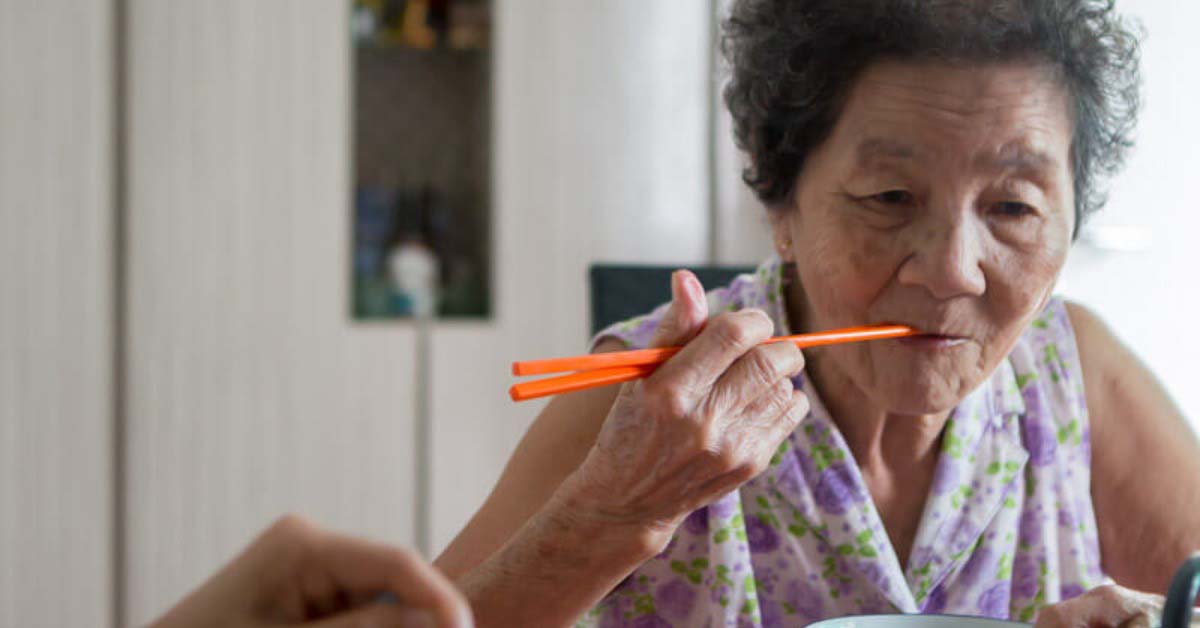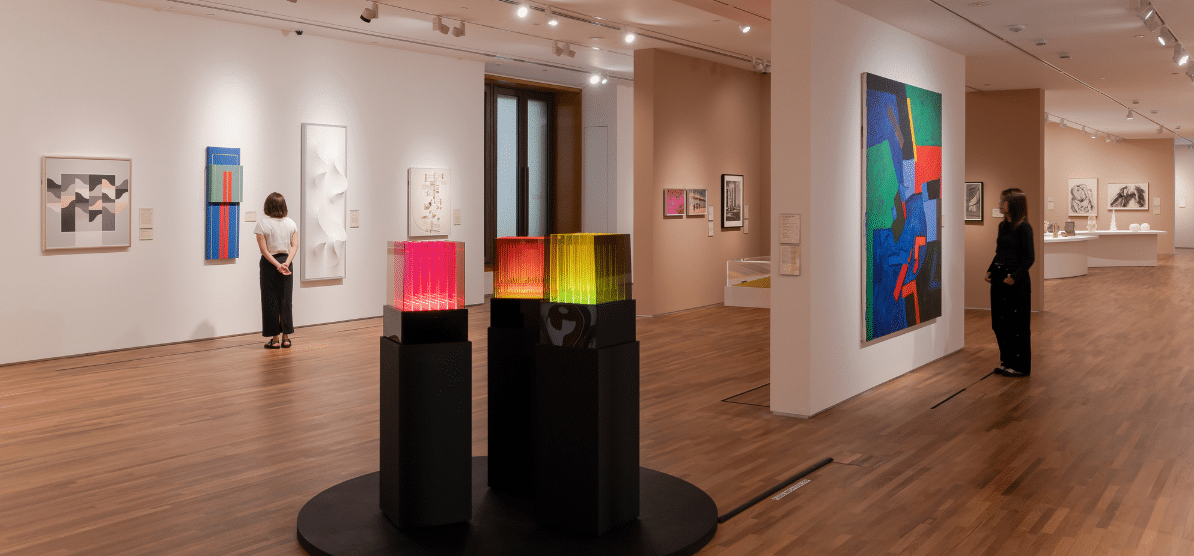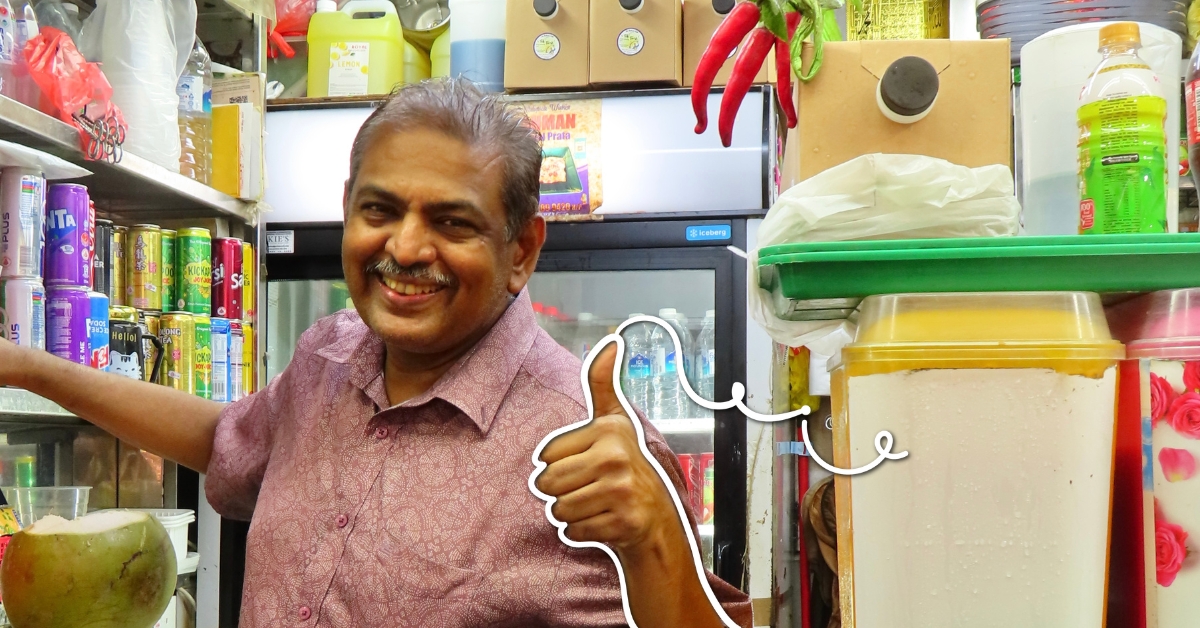
By Pooja D/O Purushothaman.
Here’s a sobering statistic: the median age of hawkers in Singapore stands at around 60 years of age. This means that whenever you eat a plate of char kway teow, briyani or chicken rice, you’re more than likely enjoying the culinary skills and labour of a person nearing the country’s statutory retirement age.
In many cases, they’ll even be long past it.
The hawker business is one of Singapore’s rare silver-dominated trades. With the work gruelling and hours long, few young people are willing to leave the air-conditioned office and get their hands dirty without the backing of heritage recipes and brand recognition.
But what about the veteran hawkers themselves? What’s keeping them behind their sweltering woks, dishing out plate after plate of affordably priced grub deep into their silver years?
We get some perspective from Mujibur Rahman, the 53-year-old owner of AR Rahman Cafe and AR Rahman Royal Prata at Tekka Centre.
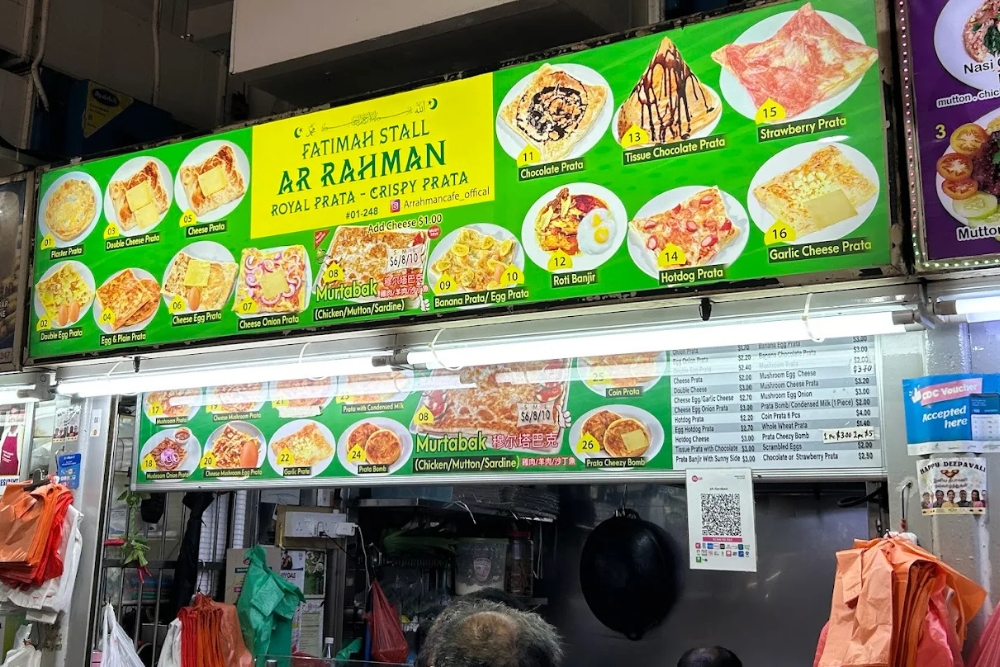
Credit: Google image 朱姵蓉, 2025
Advertisement
The financial precarity of Singapore's hawkers
The young senior has been operating his stalls in adjacent lots for over two decades. Apart from downtimes like the Covid-19 pandemic, business has remained steady at the crowded food centre, especially on weekends.
Even so, he shares that financial challenges have been mounting, even for a traditionally profitable drink business. Everything from dried tea leaves to the plastic cups they’re served in have “kept increasing” in price, year after year. “But I can’t compromise on quality,” he says with a shrug.
Mujibur’s situation is not unique. According to a survey conducted by the National Environment Agency – which manages 122 hawker centres and markets in Singapore, Tekka Centre included – some 56% of hawkers’ operating costs stem from raw materials.
Hawkers’ earnings are therefore particularly vulnerable to price fluctuations – think Malaysia’s sudden export ban on fresh chicken back in 2022, which put many local hawker stalls in much of a flutter.
Retirement difficulties for Singapore hawkers
While Mujibur himself hopes to retire within “five to 10 years”, he believes that many hawkers will find it difficult to follow suit.
After all, these self-employed proprietors only need to contribute a fixed portion of their trade earnings — which they declare — to their MediSave.
With rising manpower, rental and utilities’ costs leading to irregular earnings, many hawkers might prioritise short-term expenses over long-term savings, leading to a lack of structured financial preparation for retirement.
Once hawkers hang up their woks, their income dries up entirely — unlike salaried employees, who’s mandatorily contributed funds in their Central Provident Fund accounts help to keep the pot boiling.
"I don’t want my son to take over," says hawker
Many stay in business hoping to get bought over with a golden handshake for their trouble.
Just look at NEA’s Hawkers Succession Scheme, which, according to the national newspaper, has seen only seven hawkers participate over a two-year span. The scheme was set up in January 2022 to ensure the longevity of Singapore’s UNESCO-recognised hawker culture.
The succession scheme, restricted to stallholders with at least 15 years of experience operating in hawker centres, pairs veteran hawkers aspiring successors outside of the family.
Mujibur might want to consider applying for the scheme, seeing as how even he doesn’t see a future in the trade for his son, who is currently performing his national service.
I told him not to come into this line, study hard, and do what he likes instead,
says the hawker.

